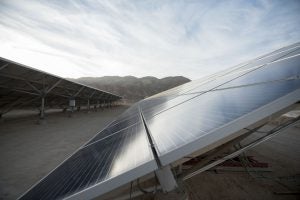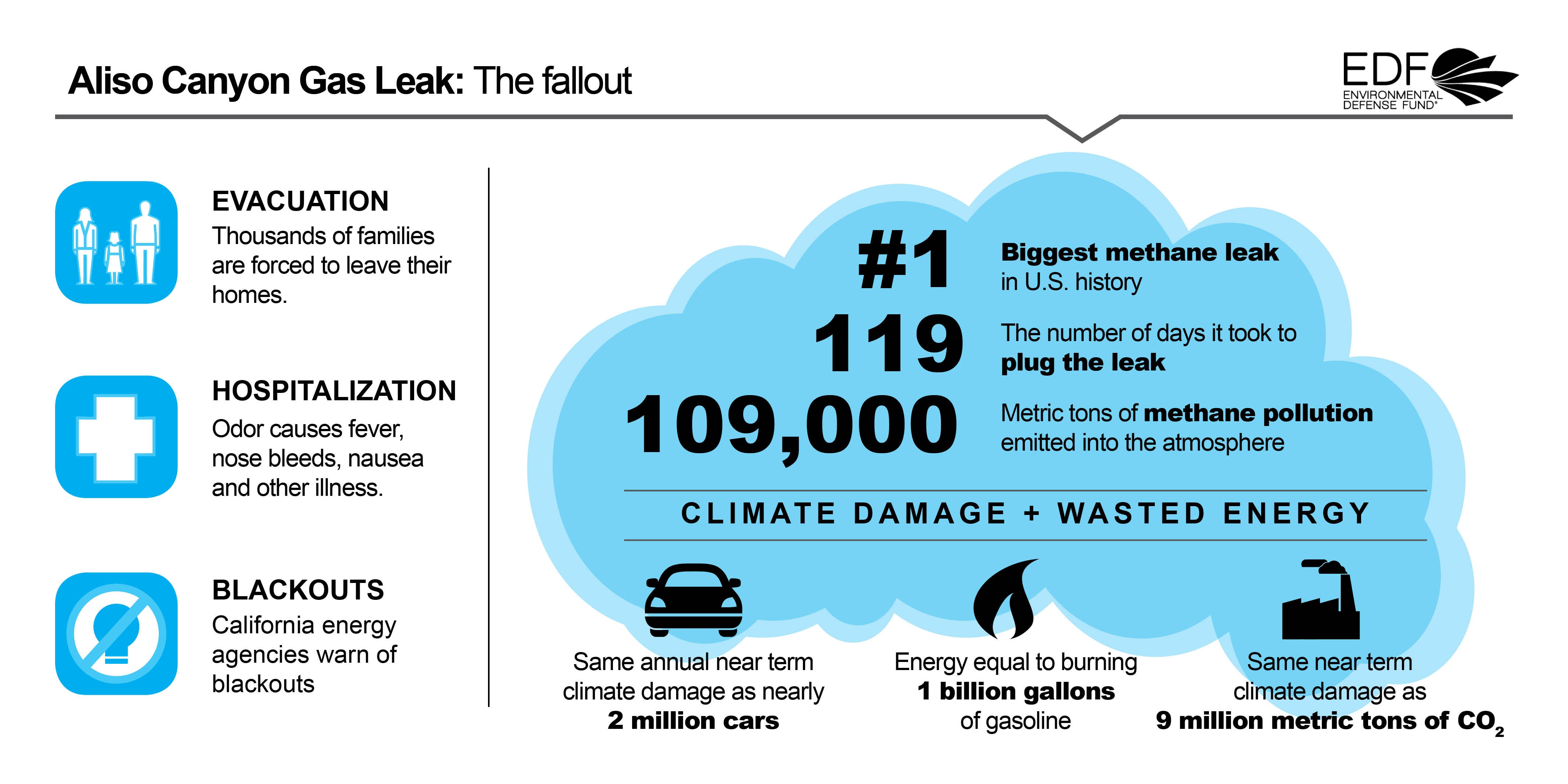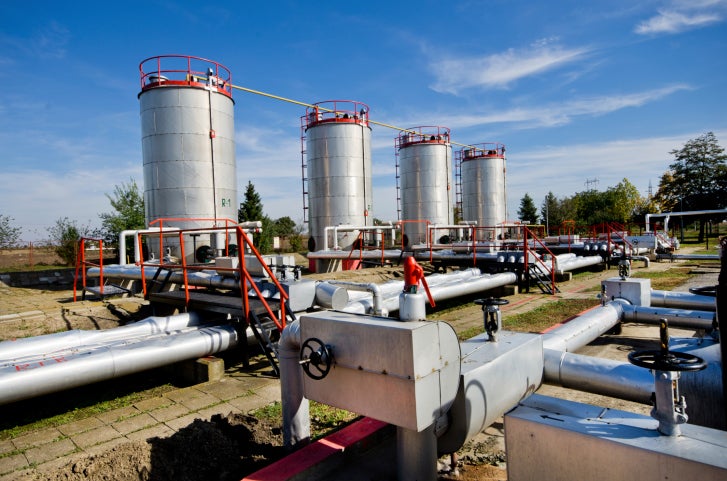A big part of President Trump’s agenda involves rolling back critical environmental protections. And yet, the issue that most people think won him the 2016 election is the economy.
 From coast to coast – and especially places in between – jobs were the most pressing concern for American voters. So Trump has promised he will create 25 million new ones over the next decade by, among other things, reviving America’s declining coal industry.
From coast to coast – and especially places in between – jobs were the most pressing concern for American voters. So Trump has promised he will create 25 million new ones over the next decade by, among other things, reviving America’s declining coal industry.
“We’re gonna put the miners back to work,” he told a roaring crowd in West Virginia last year.
But for all the bluster about bringing coal production back to life, Trump is not just ignoring market realities – he’s also overlooking the biggest economic opportunity since the computer revolution. Read More










 What would a world powered by clean, low-water energy look like? If you visit Israel’s southern region, you don’t have to imagine.
What would a world powered by clean, low-water energy look like? If you visit Israel’s southern region, you don’t have to imagine.


 On a warm December day, I stood in a jojoba field in the Negev Desert in southern Israel and watched water slowly seep up from the ground around the trees. First a tiny spot, then spreading, watering the plants from deep below. This highly efficient system is known as drip irrigation, and I was there to meet with the world’s leading drip irrigation company, Israel-based Netafim.
On a warm December day, I stood in a jojoba field in the Negev Desert in southern Israel and watched water slowly seep up from the ground around the trees. First a tiny spot, then spreading, watering the plants from deep below. This highly efficient system is known as drip irrigation, and I was there to meet with the world’s leading drip irrigation company, Israel-based Netafim.